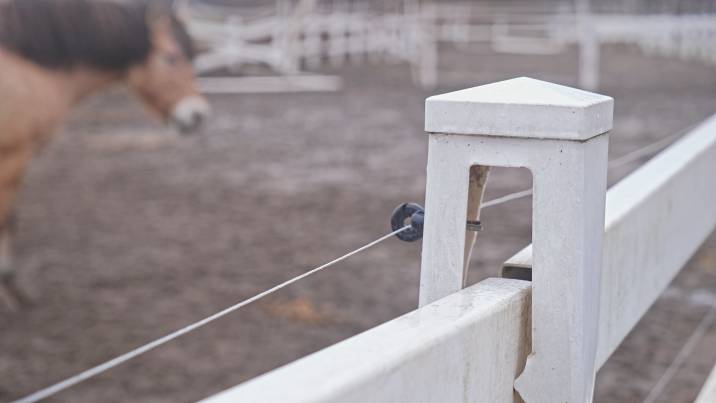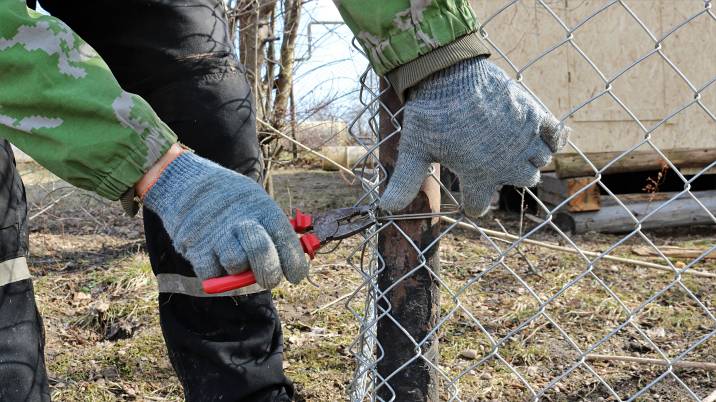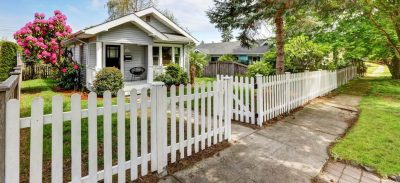- Oneflare /
- Cost Guides /
- Rural Fencing

How Much Does Rural Fencing Cost in Australia?
$1,300 - $3,300
How Much Does Rural Fencing Cost?
Fencing structures are essential in rural agriculture, especially for farms occupying a large of land. They keep livestock shepherded and unharmed while ensuring crops grow without disruption and are not consumed by unwanted animals and pests. In Australia, total rural fencing costs usually go from $1,300 to $3,300.
Rural fencing contractor prices in Australia depend on variables like location, material used, fence dimensions, and any customisations. Knowing your planned fences’ purpose and preferences can help determine an accurate rural fencing cost estimate.
What Is Rural Fencing for in Australia?
In Australia’s rural areas, different fencing types serve various purposes. A boundary fence’s basic function is to show where a property ends or begins, which is helpful for those with neighbours.
Meanwhile, internal fences help keep farm animals in an enclosed space and prevent them from being caught in vehicular accidents, getting stolen, or wandering off to other private properties or in the wild. They can also work as barriers to prevent your crops or animals from being attacked by wild animals or certain pests from damaging your plants.
Rural Fencing Prices
| Area/Location | Average Rural Fencing Cost |
| Sydney | $1,600 – $3,200 |
| Melbourne | $1,500 – $2,900 |
| Brisbane | $1,600 – $3,300 |
| Canberra | $1,300 – $3,250 |
| Perth | $1,270 – $2,700 |
| Adelaide | $1,500 – $3,000 |
For more accurate estimates, it’s ideal to consult with qualified fencing contractors in your area. They can provide up-to-date service costs for your specific project.
| Type of Rural Fencing | Cost Per Metre |
| Wire mesh fencing | $6 – $12 |
| Post and rail fencing | $45 – $65 |
| Paddock fencing | $8 – $25 |
| Electric fencing | $40 – $100 |
What Factors Affect Rural Fencing Contractor Prices?
Location
A place’s cost of living and wage rates are reasons rural fencing contractor prices vary. Delivery fees also come into play for rural areas because materials might not be as accessible as in cities and other urban districts.
Material
Post and rail fencing costs per metre are usually higher than post and wire fencing costs per metre in Australia.
Additionally, sheep fencing costs per metre are generally lower than the cost of paddock fencing because the latter is typically used to enclose horses and requires sturdier materials. Colorbond fencing may also cost more than a good old wood fence if you need durable fencing.
Dimensions
Usually, a greater fence size translates to higher expenses. Nonetheless, rural fencing cost per kilometre can be lower than average if you do not opt for a longer, wider, or taller fencing structure than usual.
Customisations
If you want your fences to have additional elements, prepare to shell out more money. Including features such as gates, decorative pillars, and anti-climbing devices can lead to higher farm fencing costs per metre.
How to Reduce Rural Fencing Contractor Rates
There are things you can do to stick to and maximise your budget without compromising quality when installing rural fencing.
- Determine how much fencing you need for your property. This should help you figure out how much material will be needed for the project.
- Explore rural contractor options available to check different quotes and find an expert who can work with your budget.
- Compare the services they can provide. You can also make inquiries regarding discounts and promos, including seasonal ones.
- If the type of fencing you want is a little out of budget with the size you need, consider other fencing options that would still work for the same purpose.
Post a Job Request for Rural Fencing
Oneflare has a directory of contractors who can build and install fences based on your needs and preferences. When creating a job request, include all the relevant details, such as your budget, location, and property size, as well as the fences’ purpose and material. You can also mention customisations you would like in the final product.
You can always choose to go the DIY route if you’re planning to have fences put up on your property. However, to ensure convenience on your part and quality work that lasts, outsourcing the services of an expert who can match your preferred rural fencing contractor rates is the way to go.
Ready to put up a fence? Get started in hiring fencing experts with relevant experience and a good track record.
* The cost data is based on Oneflare and third-party sources




